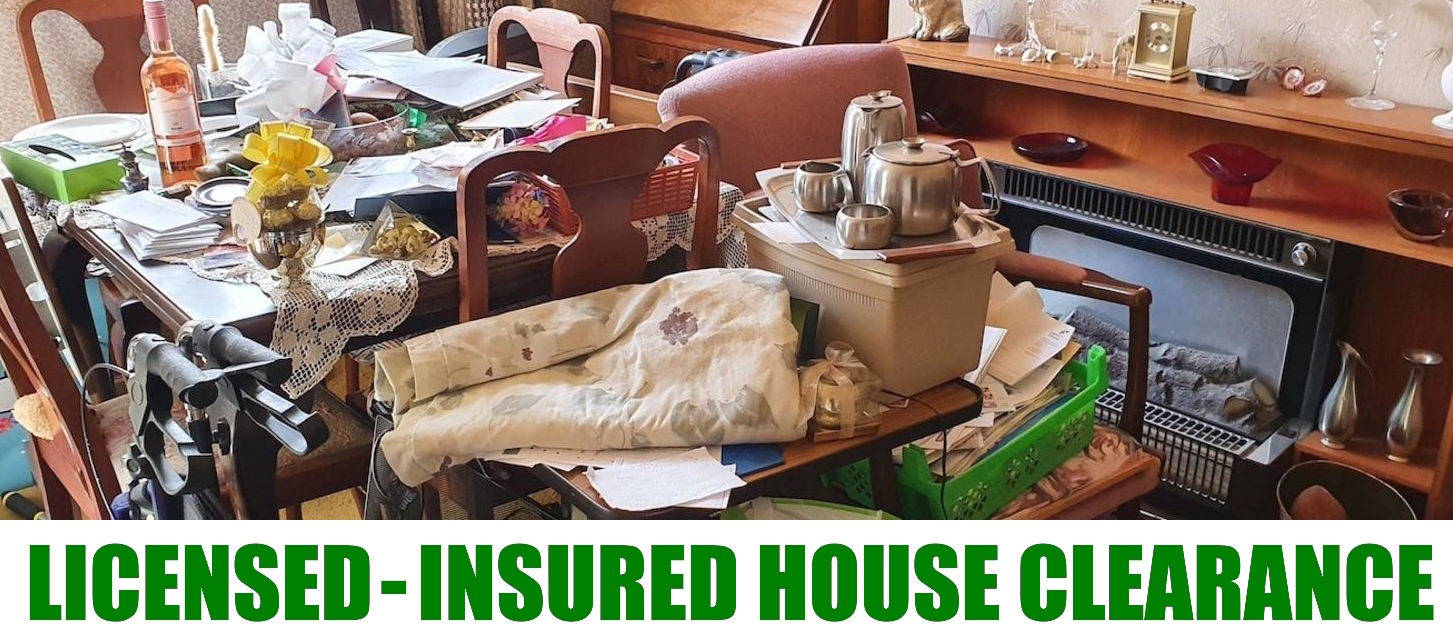It can be difficult to help a hoarder who doesn’t want help, as it is ultimately up to the individual to make the decision to seek treatment and make changes to their behavior. Here are some things you can try:
- Educate yourself: Learn about hoarding disorder and the challenges that hoarders may face. This will help you to better understand their perspective and be more empathetic and supportive.
- Listen and validate their feelings: It’s important to listen to the hoarder without judgment and to validate their feelings and experiences. This can help to build trust and establish a more open and honest dialogue.
- Offer support and encouragement: Instead of trying to force the hoarder to change, try to offer support and encouragement as they navigate their challenges. This might include finding resources such as therapists or support groups that specialize in hoarding disorder.
- Set boundaries: It’s important to set clear boundaries around the hoarding behavior and the impact it is having on your life. For example, you might say something like, “I am willing to support you in finding a solution to your hoarding, but I cannot continue to live in a space that is cluttered and unsafe. If you are unable to make progress in addressing the hoarding, I may need to consider finding a separate living arrangement.”
- Seek outside help: If the hoarding behavior is causing serious problems in your relationship or is posing a safety risk, it may be necessary to seek outside help. This could include involving a professional organizer or seeking the guidance of a mental health professional.
Remember that it is ultimately up to the hoarder to decide whether to seek help and make changes to their behavior. It’s important to be patient and supportive, but also to take care of yourself and set healthy boundaries.




